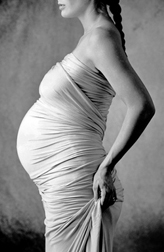|
As reported by the Society for Assisted Reproductive Technologies (SART) |
||||||
|
||||||
| fertility@dreamababy.com | |||
| HomeAbout UsPatient EducationOur Success RatesEgg DonationSurrogacyEmbryo DonationDownload CenterContact UsWeb Site PolicyFeedbackNewsletter SignupSearchResources | |||






